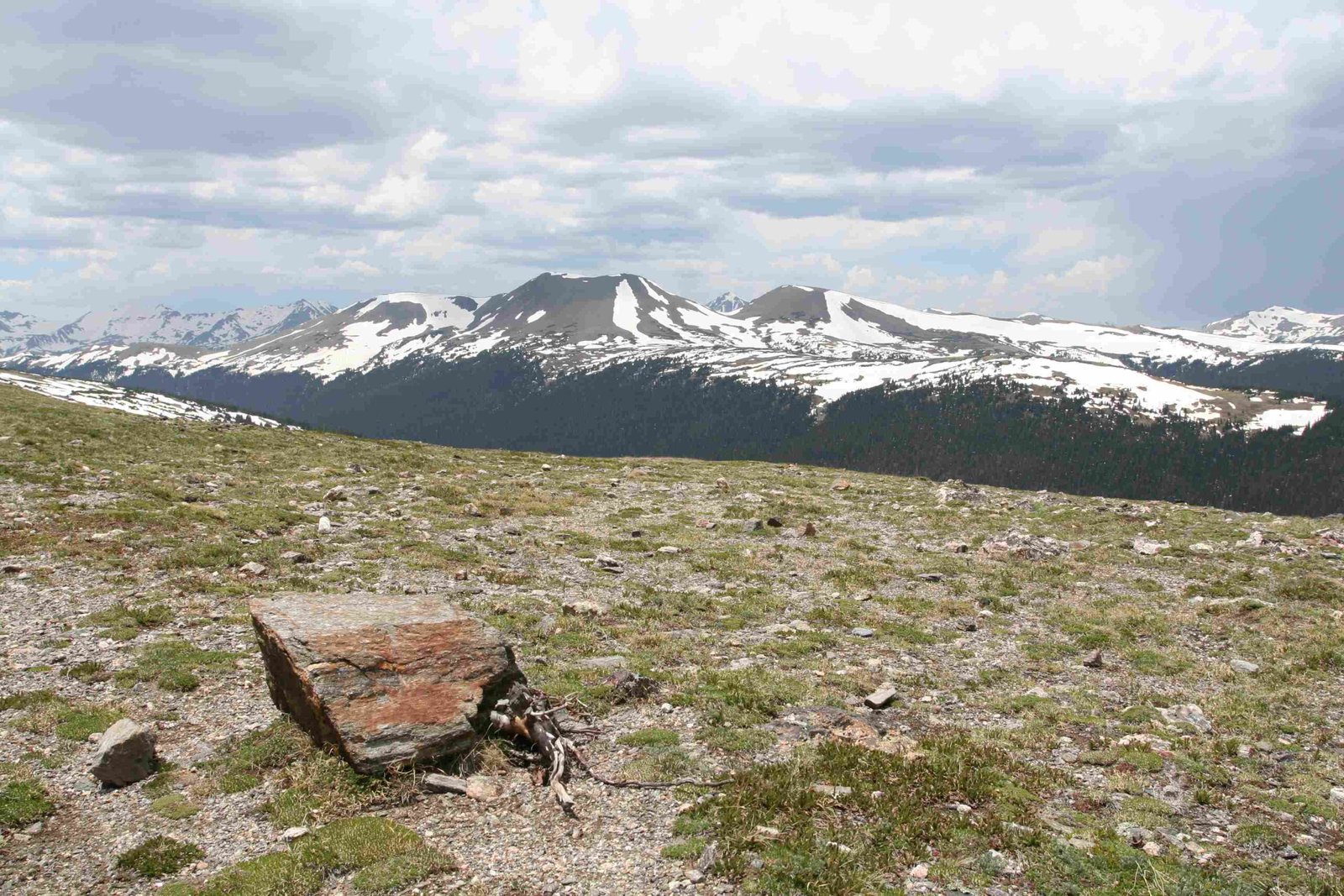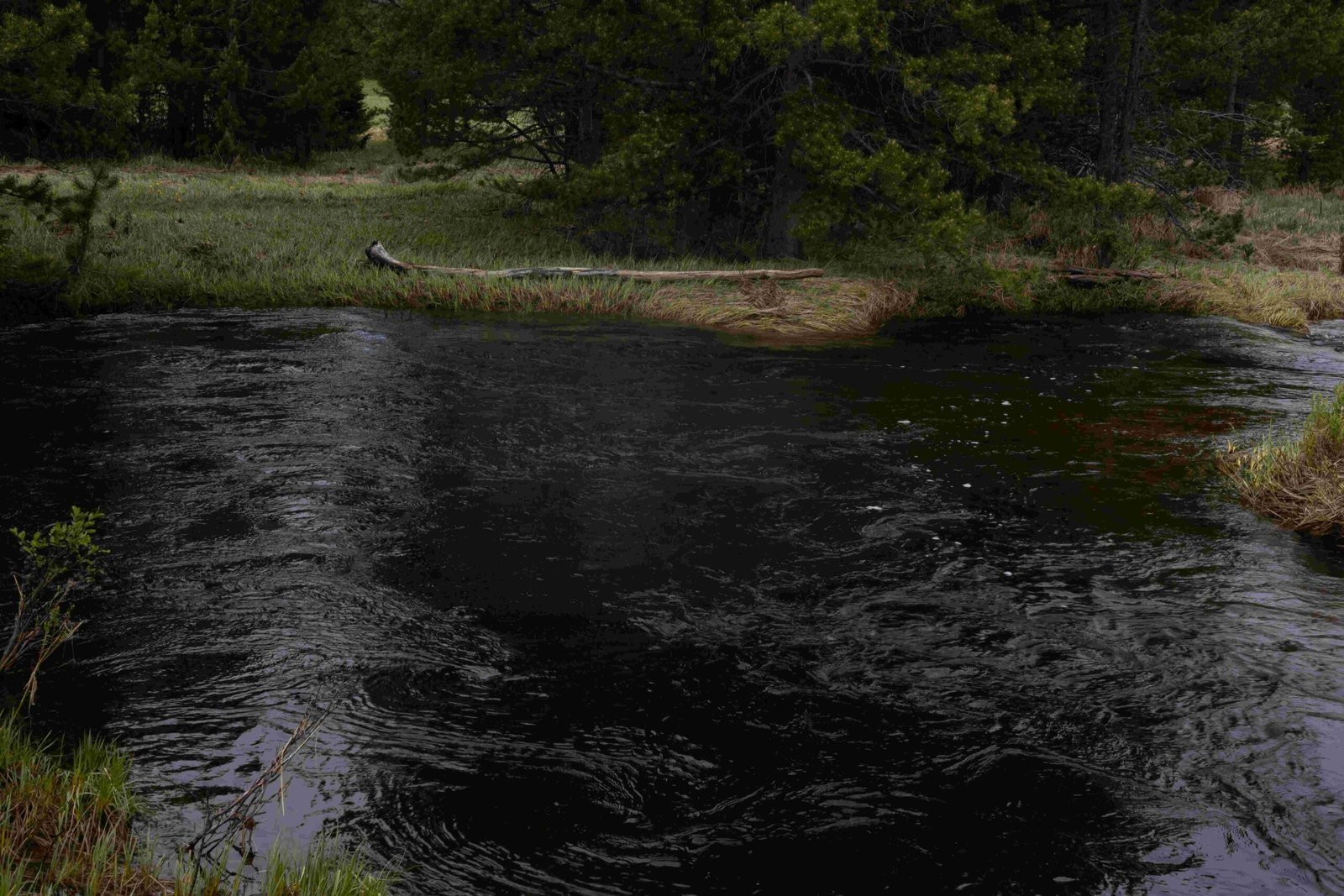Rocky Mountain National Park offers unique experiences for nighttime visitors. From stargazing to wildlife watching, the park transforms after dark. This guide covers essential information for getting into Rocky Mountain National Park at night, including entry requirements, parking options, safety guidelines, and recommended activities. Whether you’re planning a late arrival or a nocturnal adventure, understanding the park’s nighttime policies and procedures is crucial for a safe and enjoyable visit.
What Are the Entry Requirements for Nighttime Access?

Entering Rocky Mountain National Park at night requires careful planning and adherence to specific rules:
-
Timed Entry Permits: From May 24 to October 20, 2024, timed entry permits are mandatory for entry between 5 AM and 6 PM. However, if you plan to enter after 6 PM, you don’t need a timed entry permit.
-
Park Entrance Pass: A valid park entrance pass is required at all times, even for nighttime entry.
-
Bear Lake Road Access: If you have a Timed Entry + Bear Lake Road permit, re-entry into the Bear Lake Road corridor is not allowed after 2 PM, but you can still access other parts of the park.
-
Late Night Entry: There are no restrictions on how late you can enter the park, but be aware that some areas may have limited services or be closed.
Where Can I Park When Entering at Night?

Parking options for nighttime visitors to Rocky Mountain National Park include:
- Visitor Center Parking Lots: These are often available and well-lit, making them a good choice for nighttime parking.
- Trailhead Parking Areas: Many trailheads have parking lots that are accessible 24/7.
- Campground Parking: If you’re staying overnight, campgrounds offer designated parking spots.
Remember to always park in designated areas to avoid fines or damage to the environment.
What Safety Precautions Should I Take for Night Hiking?
Night hiking in Rocky Mountain National Park requires extra caution:
- Proper Lighting: Bring a reliable headlamp or flashlight with extra batteries.
- Navigation Tools: Carry a map and compass, and know how to use them in the dark.
- Warm Clothing: Temperatures can drop significantly at night, so pack layers.
- Emergency Kit: Include a first aid kit, emergency shelter, and extra food and water.
- Wildlife Awareness: Be alert for nocturnal animals and know how to respond to encounters.
- Trail Selection: Choose well-marked, familiar trails for night hiking.
Are There Any Ranger-Led Night Programs?
While specific nighttime ranger programs aren’t regularly scheduled, Rocky Mountain National Park occasionally offers special events:
- Astronomy Programs: During certain times of the year, rangers may lead stargazing sessions.
- Full Moon Hikes: These guided walks are sometimes offered during full moons.
- Evening Talks: Campfire programs or evening lectures may be available at visitor centers.
Check the park’s official website or inquire at visitor centers for up-to-date information on nighttime programs during your visit.
What Are the Best Spots for Stargazing?
Rocky Mountain National Park offers excellent stargazing opportunities:
- Trail Ridge Road: The highest paved road in the park provides unobstructed views of the night sky.
- Bear Lake: This easily accessible lake offers a stunning reflection of stars on clear nights.
- Moraine Park: A wide-open area perfect for setting up telescopes or simply lying back to observe the stars.
- Alpine Visitor Center: At 11,796 feet elevation, it provides an incredible vantage point for stargazing.
Remember to bring warm clothing and red-light flashlights to preserve your night vision.
How Can I Photograph the Night Sky in the Park?
Capturing the beauty of Rocky Mountain National Park at night requires some preparation:
- Equipment: Bring a sturdy tripod, a camera with manual settings, and a wide-angle lens.
- Camera Settings: Use a high ISO (1600-3200), wide aperture (f/2.8 or wider), and long exposure (15-30 seconds).
- Composition: Include foreground elements like mountains or trees to add depth to your images.
- Timing: Plan your shoot around the phases of the moon and check weather forecasts for clear skies.
- Locations: Popular spots include Dream Lake, Sprague Lake, and the Trail Ridge Road overlooks.
Always follow park regulations and practice Leave No Trace principles while photographing.
What Wildlife Might I Encounter at Night?
Nighttime in Rocky Mountain National Park offers unique wildlife viewing opportunities:
| Animal | Behavior | Best Viewing Areas |
|---|---|---|
| Elk | Active at dusk and dawn | Moraine Park, Horseshoe Park |
| Bats | Hunting insects after sunset | Near water sources and forest edges |
| Owls | Nocturnal hunters | Wooded areas throughout the park |
| Coyotes | Most vocal at night | Open meadows and valleys |
| Mule Deer | Active throughout the night | Forest edges and meadows |
Remember to maintain a safe distance and never feed or approach wildlife.
Getting into Rocky Mountain National Park at night opens up a world of unique experiences. From stargazing to wildlife watching, the park offers a different perspective after dark. By following park regulations, prioritizing safety, and respecting the natural environment, you can enjoy all that Rocky Mountain National Park has to offer under the cover of night.

